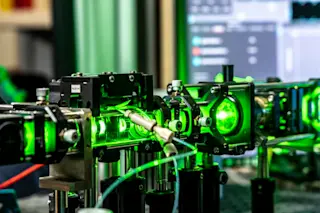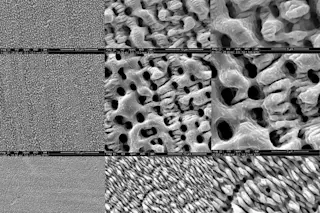Just outside Washington, D.C., in a pink metal shed owned by the Smithsonian Institution, upstairs in the conservator's lab, stretched out on a table, lies Harrison (Jack) Schmitt, looking slightly crumpled. Actually it's his empty suit that lies here, still filthy with moondust. It's an ideal museum artifact, really, because it transports you immediately from one time and place— December 2000, Suitland, Maryland— to another: December 1972, Taurus Mountains, the moon. But there is also something sad about Schmitt's suit, and it's not just that he and Gene Cernan of Apollo 17 were the last men to walk on the moon. Schmitt's neoprene-latex gloves are growing brittle with age— though not as brittle as Neil Armstrong's, which would crumble if you squeezed them. If you could peer through the hale exterior of Teflon-coated fiberglass, you would find that the multiple layers of Mylar that once protected Schmitt from the lunar ...
The Chemistry of . . . Plastics
Priceless relics of the modern era are crumbling before our very eyes
More on Discover
Stay Curious
SubscribeTo The Magazine
Save up to 40% off the cover price when you subscribe to Discover magazine.
Subscribe













